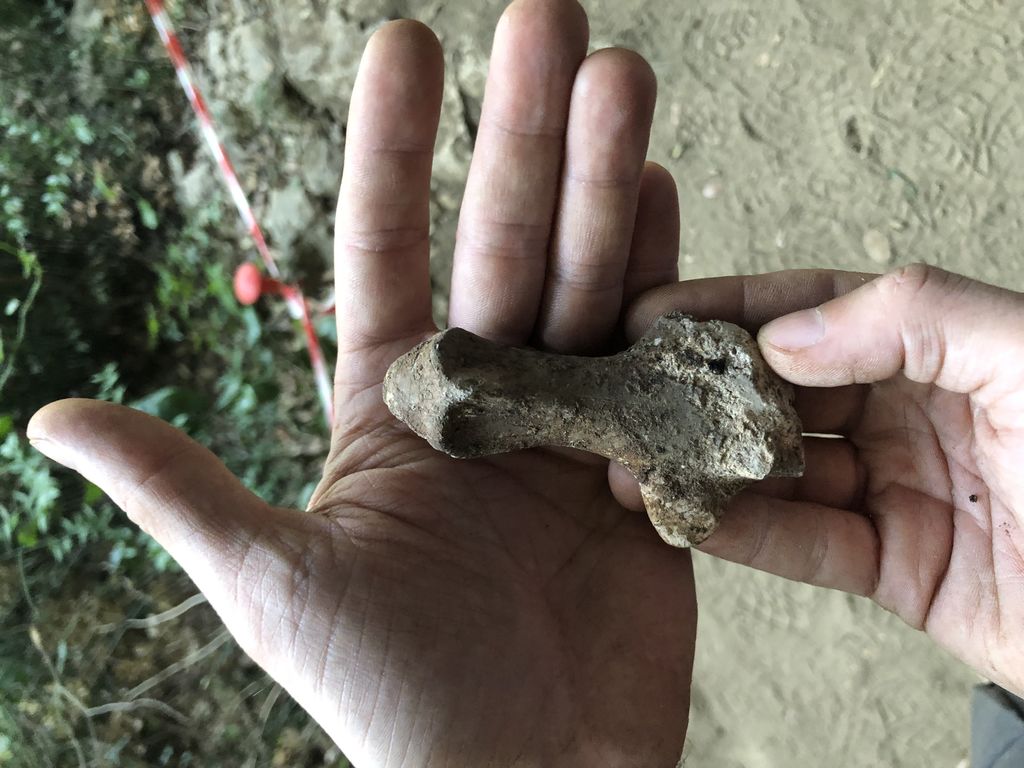
Rare clay figurine found in Lazio dating back 7000 years
A woman, a deity, a doll? Who does the clay figurine found in the excavations that Sapienza has been conducting since 2021 in a cave in Poggio Nativo, Lazio, represent? This exceptional find occurred during the last excavation campaign. That is a clay figurine dating from around 7000 years ago, i.e. from the Neolithic period, when the first farming communities inhabited the peninsula. Objects of this type are scarce in Italy and almost absent in the Tyrrhenian regions.
The cave of Battifratta opens on a travertine ridge along the valley of a small tributary of the river Farfa. The present entrance to the cave corresponds to the outlet of an ancient spring, probably seasonal, which was a point of attraction for human communities in the past.
The statuette is currently the subject of a multidisciplinary study, coordinated by the Department of Ancient World Studies of Sapienza University of Rome, on the technological and stylistic aspects in order to find out how the artefact was made and whether it reflects iconographic models that can be traced back to distinct cultural traditions.
Facial features are outlined schematically, but greater care was taken in depicting the hairstyle and body decorations. This valuable find will add much new information about what is turning out to be a key site in the prehistory of Lazio and central Italy.
"The presence of pottery, lithic industry, faunal and botanical artefacts on several stratified levels," says Cecilia Conati of Sapienza University, "reveals the use of the spring and the cave not only for water supply but also for burial and ritual purposes, as evidenced by the human skeletal remains found and the clay figurine."
Research at the Grotta di Battifratta is conducted as part of a broader research project on the prehistoric settlement of the Farfa Valley and neighbouring territories financed by the Grandi Scavi Sapienza fund. The excavation is carried out under the concession of the Ministry of Culture, Soprintendenza ABAP Metropolitan Rome and the Province of Rieti.
The strongly interdisciplinary approach of the research sees the participation, alongside archaeologists, of specialists from different scientific fields (geologists, palaeobotanists, archaeozoologists, anthropologists, physicists, chemists, etc.) intending to reconstruct past ways of life, resources and environments.
Further Information
Cecilia Conati Barbaro
Department of Ancient World Studies
cecilia.conati@uniroma1.it
